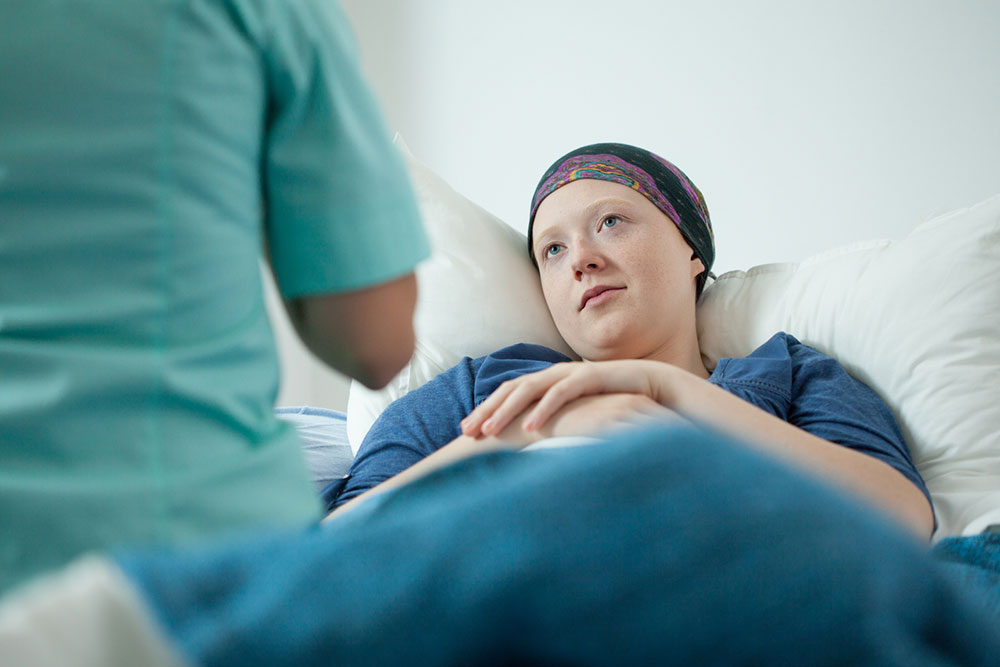Comprehensive Guide to Complementary and Alternative Therapies for Breast Cancer Patients
Explore comprehensive complementary and alternative therapies for breast cancer support, including acupuncture, Ayurveda, Qigong, and Reiki. Learn how these holistic approaches can help manage symptoms, reduce side effects, and promote overall well-being alongside conventional treatments. Consult healthcare providers before starting any new therapy to ensure safety and efficacy, empowering patients with holistic tools for a better quality of life during their breast cancer journey.

Comprehensive Guide to Complementary and Alternative Therapies for Breast Cancer Patients
Breast cancer remains one of the most common cancers affecting women worldwide. While conventional treatments like surgery, chemotherapy, radiation therapy, and targeted therapies form the backbone of medical management, a significant number of patients seek additional support through complementary and alternative therapies. These therapies aim to improve overall well-being, reduce treatment-related side effects, and promote holistic healing. As medical science advances, understanding the role, benefits, and limitations of these therapies becomes crucial for patients and healthcare providers alike.
Understanding the Scope of Complementary and Alternative Therapies
Complementary therapies are used alongside conventional medical treatments to support health and healing. They do not aim to replace standard treatments but to enhance the patient's quality of life. In contrast, alternative therapies are sometimes used as substitutes for traditional treatments, often rooted in ancient practices. It is essential to approach these therapies with a clear understanding of their purpose, evidence base, and safety considerations.
These approaches adopt a holistic view—considering the physical, emotional, mental, and spiritual dimensions of health. This comprehensive perspective is particularly relevant for cancer patients, who often face complex physical symptoms and emotional challenges, including fatigue, pain, anxiety, and depression.
Complementary therapies are integrated into standard care, including practices like mindfulness meditation, gentle physical activity, reflexology, and nutritional support. These methods aim to reduce side effects such as nausea, fatigue, and emotional distress while promoting relaxation and mental clarity. Patients often report enhanced overall well-being and a sense of empowerment in managing their health.
Alternative therapies seek to either replace or significantly augment traditional medical approaches. While many of these practices have been employed for centuries across various cultures, their scientific validation varies. It is vital for patients to discuss any alternative approaches with their healthcare team before implementation.
Popular and Evidence-Based Options
Acupuncture: This practice involves inserting thin needles into specific points on the body to stimulate energy flow. Research indicates that acupuncture can alleviate hot flashes, nausea, and pain associated with breast cancer treatments. However, care must be taken to avoid needle insertion in arms or regions where lymph nodes have been removed to prevent lymphedema.
Ayurveda: An ancient Indian system of medicine that employs tailored diet plans, herbal remedies, meditation, and massage therapies to restore balance and enhance vitality.
Naturopathy and Homeopathy: Focus on natural, herbal, and mineral-based remedies to support healing and reduce side effects. These therapies aim to boost the body's innate healing ability and restore balance.
Chinese Traditional Practices such as Tai Chi and Qigong: These gentle, meditative movements help improve energy flow, flexibility, and mental relaxation. Qigong is particularly recommended for patients with advanced or inoperable breast cancer, often used alongside conventional treatments for holistic support.
Reiki: A form of Japanese energy healing where practitioners transfer healing energy through their palms. Reiki is often used to promote relaxation, reduce stress, and alleviate pain during and after cancer treatment.
It is imperative for patients to consult their healthcare providers before starting any new therapy to ensure safety, avoid potential interactions, and integrate treatments effectively into their overall care plan.
In conclusion, exploring and integrating complementary and alternative therapies can significantly enrich the support system for breast cancer patients. These therapies, when used judiciously and alongside conventional medicine, can help manage symptoms, reduce side effects, and foster a sense of control and well-being during a challenging journey. Always seek guidance from qualified healthcare professionals to tailor an approach that meets your specific health needs, ensuring safety and maximizing benefits.





